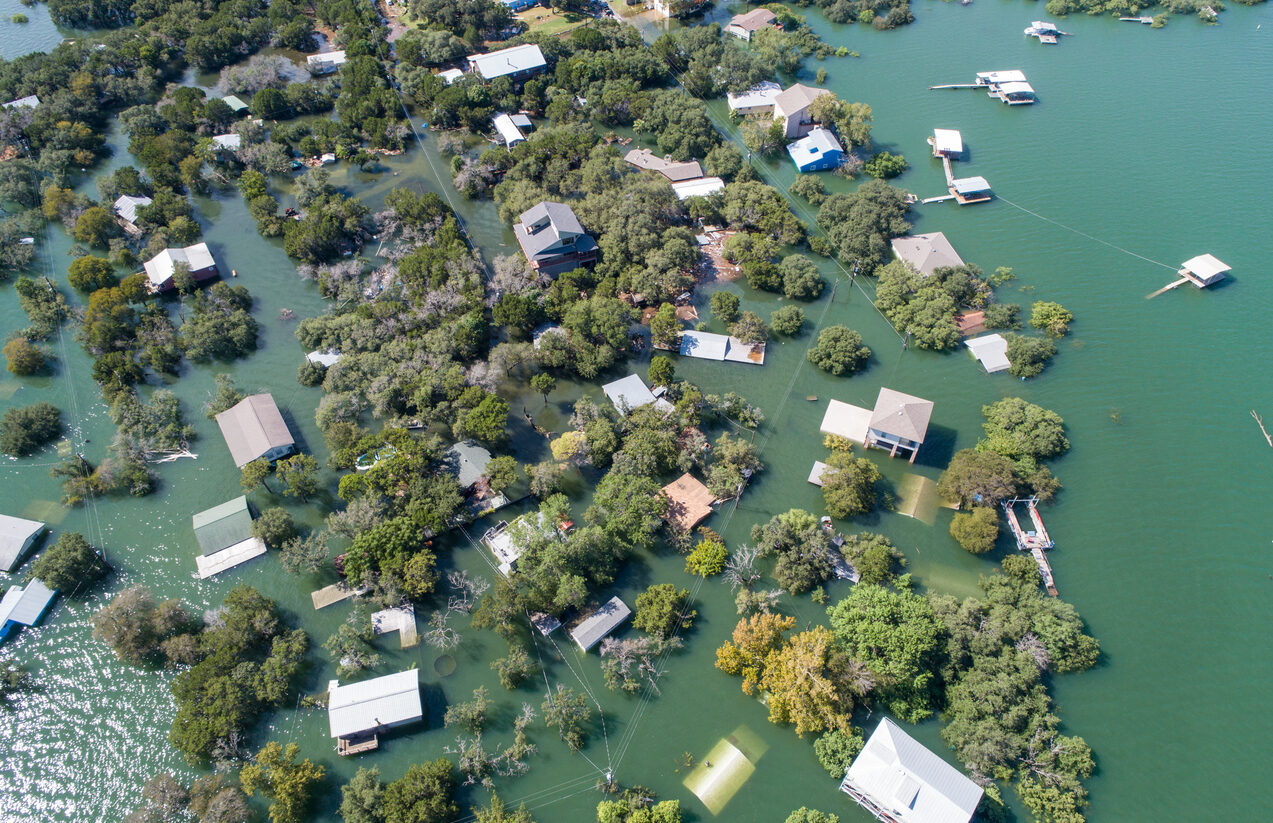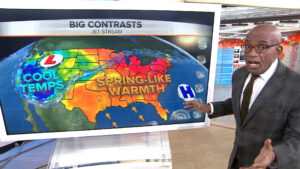What climate models do well – and what they don’t
A recent study looked at decades of predictions regarding climate change and found the computer models that underlie them have been accurate in their projections of global mean surface temperature.
This column examines the information provided by global climate models and frames how that information contributes to knowledge that can be used to plan for the consequences of climate change.
What model information are we certain about?
In simple terms, a climate model is a spreadsheet used to account for the balances of energy entering and leaving our planet. The energy comes primarily from the Sun, and the planet emits energy back to space. More complex models account for the transfer of energy between, for instance, the oceans, atmosphere, land, and ice sheets and glaciers. Weather is one way the atmosphere transfers energy through temperature, precipitation, and wind.
The most robust projections climate scientists can make on the range of decades to centuries are about temperature and heat. All of our sources of knowledge – the fundamental physics of energy conservation, emerging observations, and different types of models – align to contribute to the robustness of our conclusions. The fact that model projections of temperature changes from 50 years ago are consistent with those of today is an indication that the basic physics of global warming is well known.
We know the mean global air temperature has risen and it will continue to rise. In the same way that a hurricane prediction warns people on the projected path of high potential for damage, we know we need to get off of the current projected warming path. We need to mitigate our carbon dioxide emissions.
The behavior of water, precipitation, and evaporation is related to temperature, through well-described thermodynamic principles. This leads, directly, to two outcomes that seem contradictory to some. Where there is a propensity for drought, these droughts will be more extreme because the higher temperatures cause more evaporation from the Earth’s surface. In wet regions and during severe storms, the rising temperature fills the air with water vapor, which leads to more rain and, when it is cold enough to snow, more snow. Hence, more flooding is expected. We already have experienced more severe precipitation and flooding, as well as more drought.The global average surface air temperature might be a good intuitive measure of climate, but it is not a complete or even an especially good measure of climate. A better measure of global change is the heat stored in the ocean. Scientists have predicted the increase of oceanic heat content, which has been observed. This contributes to sea-level rise because heated water expands. We know that ice is melting from the ice sheets and glaciers on mountains, and this water flows into the ocean, again, increasing sea level. As melting increases, sea-level rise will accelerate, and all current evidence suggests that over the next centuries, we will experience several meters of sea-level rise.
Models are built for specific purposes

Homes under water at Graveyard Point neighborhood community in the flood plain of Lake Travis, near Austin, TX. (Image: iStock.)
Reports from the Intergovernmental Panel on Climate Change provide narratives on the observations and future behavior of many climate variables. They include descriptions of uncertainty — and extraordinary efforts to discuss uncertainties. Global climate models are designed to help us explore plausible future behavior of Earth’s climate. When evaluated for this purpose, we find that climate models are accurate.
When these global models are repurposed for adaptation and planning, we find the temporal and regional uncertainty is too high for easy application. This does not, however, suggest that global models are, fundamentally, incorrect. It is, only, a statement about the suitability of the model guidance for a particular application. It also is a statement that a portfolio of models designed to address specific purposes has become an important part of “uncertainty management” and problem-solving.
The need to manage model uncertainty

People demonstrate to express their worries about climate change to government officials. (Image: iStock.)
We know Earth will continue to heat and sea level will continue to rise. However, we are far less certain about the details of the change. Neither our observations nor our models are at a level of knowledge that we can, say, provide confident information for local adaptation decisions.
It is natural for people to want precise, local information for planning and management. However, even in the case of the most precise weather forecasts, we are using knowledge that describes the probability of a range of outcomes. It is not deterministic. Indeed, professional weather forecasters use global models as “guidance,” in combination with observations, basic principles of physics, a variety of models designed for specific purposes, and their local experiences.
Global weather and climate models provide, therefore, guidance that helps to inform plausible future scenarios. Planners and policymakers can use these scenarios to anticipate consequences and prepare to face them. Uncertainty cannot be eliminated. However, models specifically designed to predict climate variability or impacts can provide more precise information than global models and aid in decision-making. We need a suite of models designed for specific purposes to manage the uncertainty of our predictions. Similar to weather forecasters, we need professional climate interpreters to serve as part of the knowledge system connecting model projections to end-user practitioners. We train these professionals at U-M.
If we were to require model simulations to be accurate, absolutely, then no simulation ever would be right. There are sources of uncertainty in model representations of nature that never can be eliminated. As seen time and again in weather forecasting, model information is usable for identifying risks to human wellbeing, to the built environment, to ecosystems, to agriculture; that is, for environmental security. If global climate models and their uncertainties are considered with observations and fundamental physics, we have very high confidence in the basic narrative of rising temperatures, melting ice, rising sea levels, and more extreme weather.Scientific models regarding climate change often get a bad rap, but research reveals they’re pretty accurate.
The message that we need to get off of our current path is unequivocal.





Robert Ardis - 1946, 1947
I’ve always remembered something Bill Dow, one of my graduate school Electrical Engineering professors, once said in class many, many years ago. A mathematical formula (this was before the days of digital computers) was good only as long as it gave the right answer. When it failed to do so, that meant that our understanding of the process it was intended to represent wasn’t as good as we thought it was and needed to be improved upon. The same point is obviously applicable with respect to digital computer models.
Reply